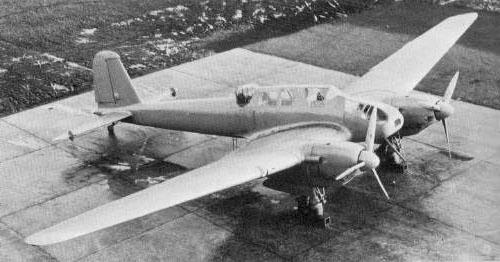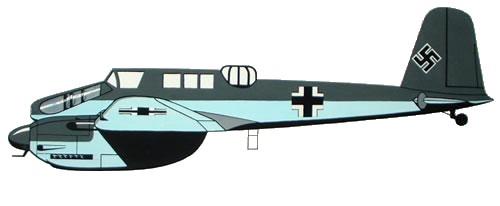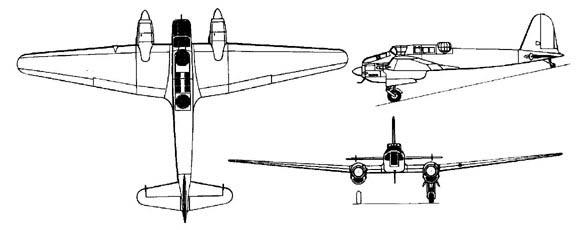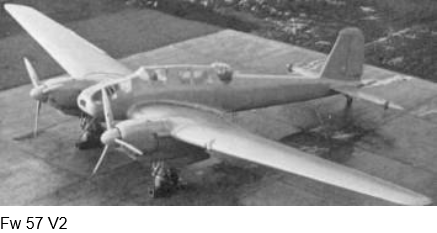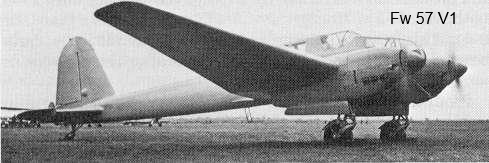| Type |
Heavy fighter Crew: 3 |
| Engine |
2 Junkers Jumo 210G |
| Dimensions |
Span 25.00 m length 16.40 m height 4.10 m wingarea 73.57 m2 aspect ratio 8.49
|
| Weights |
Empty without defensive armament 6805 kg , normal loaded 8310 kg , fuel 990 kg, oil 15 kg, crew 250 kg |
| Performance |
(estimated with DB 600 engines) Max speed 404 km/h at 3000 m, 365 km/h at sea level, max cruising speed 373 km/h at 3000 m, 319 km/h at sea
level range 1750 km, endurance 5 h max ceiling 9100 m, landing speed 110 km/h (estimated with DB 600 engines) |
| Armament |
Proposed armament comprised two fixed forward-firing 20-mm. cannons and a 7.9-mm. MG 15 machine gun in a manually-operated dorsal turret |
